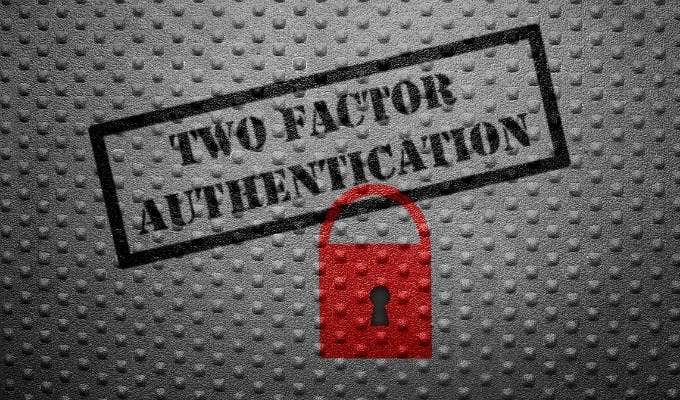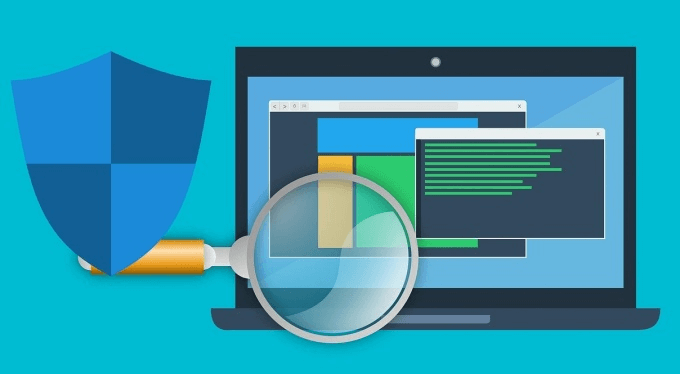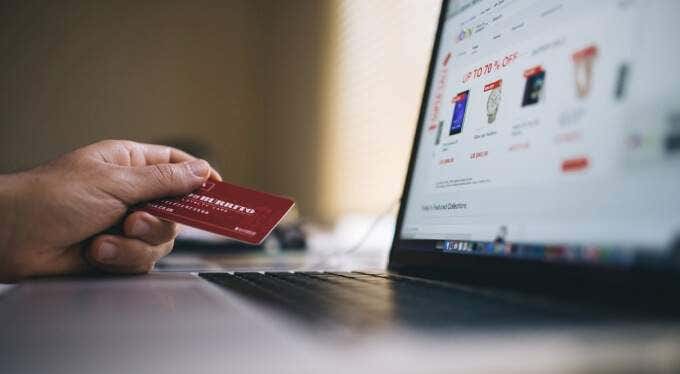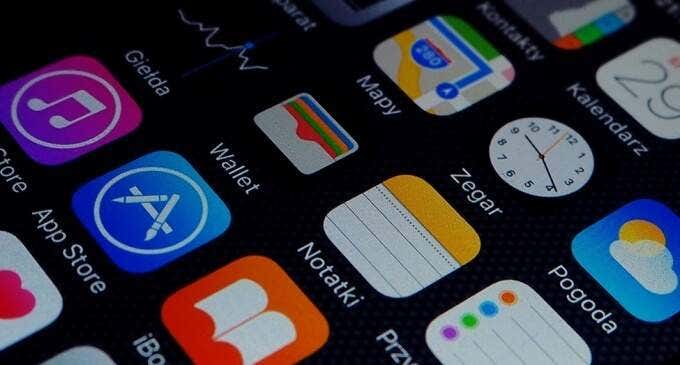This article will be a compilation of useful tips to protect yourself, your online accounts, and data from unauthorized individuals. It will also provide a compilation of security tools and resources. Lastly, you’ll learn a bunch of online protection and safety tips.
Strong Passwords Are Important
The locks on your doors keep burglars away. Passwords perform similar functions, preventing unauthorized access to your devices and online accounts. However, a weak password is as good (or worse) as not having any password. It’s like having a door with a weak lock. Your passwords don’t have to be complex or excessively long. They only need to be unique (or difficult) for an unknown party to assume, guess, or break. Ideally, you should use the most secure password you can formulate. Avoid using personal details like your name, birthday, kids’ name, pet’s name, birthplace, partner’s name, wedding anniversary, etc. as your password. These details are public knowledge and can be easily accessed by a professional hacker. A strong password should include numbers, capital, and lowercase letters, symbols, etc. We recommend checking this comprehensive guide on creating a strong password for more pointers. Besides securing your account with a strong password, avoid using the same password across multiple websites, accounts, and devices. Consider using a password management app (or Password Manager) if you have difficulty remembering or memorizing passwords. In addition to keeping your passwords safe, many password managers can help create unique and strong passwords.
Secure Your Online Accounts with Two-Factor Authentication
Two-Factor Authentication (2FA) or Two-Step Authentication is another effective way to protect your online accounts from hackers. When activated, you’ll need to provide a security code (sent to your phone number or email) after entering your account’s password. Head to the security section of your account to enable two-factor authentication. Go through this tutorial to learn how two-factor authentication works and how to activate the security measure on LinkedIn, Instagram, Twitter, and Facebook. There are also dedicated 2FA apps (e.g. Google Authenticator) that work on mobile and PC. These authenticator apps send you 2FA codes even without an internet connection or a smartphone. 2FA adds an extra layer of protection to your online accounts, thereby making it a little more difficult for a hacker to access your data.
Purchase or Download Malware Scanning Software
Hackers develop malicious software that camouflage legitimate system programs to access your personal computer, files, documents, and accounts. Although modern-day operating systems ship with built-in security tools that remove malware, they’re usually not sophisticated enough to safeguard your computer. We recommend having a third-party antivirus on your device to serve as an added layer of security. These antivirus programs offer robust and real-time protection against a wider range of malware. The best antivirus software out there will eliminate malicious files and software faster than your device’s built-in security system. You can even configure your antivirus to scan your computer before the operating system boots. If you use a macOS-powered device, check out some of the best antivirus options for Mac. For Linux devices, these free antivirus programs provide the best protection against malware. In this compilation of the best antivirus for Chromebook, you’ll learn how to use third-party security tools to safeguard your Chrome OS device. On Windows, these malware scanners are guaranteed to nuke any virus. This article on removing stubborn malware on Windows is another useful resource we recommend.
Use Virtual Debit Cards for Online Purchases
Cybercriminals hack your online accounts for many reasons, one of which is to steal card or banking information. A hacker can illegally obtain these details through spyware, phishing tools (fake websites, emails, and apps), and public Wi-Fi networks. Don’t use your cards on just every website to avoid falling victim to credit card fraud or theft. Likewise, don’t use your banking apps on public Wi-Fi networks. Before inputting your card details on any online payment gateway, confirm that the website is secure and legitimate. Better yet, use your cards only on trusted and reputable websites, apps, and platforms. If you often shop on multiple ecommerce stores, consider using virtual or disposable cards. These cards are easy to create, convenient to use, and most importantly shield your primary bank card from cybercriminals. If you’re shopping on a website for the first time, use a virtual or disposable card with limited funds. We recommend having a virtual card dedicated to online shopping, one for subscriptions, and another for other e-payments. Besides safeguarding your primary bank card from hackers and potential data breaches, virtual cards also help with money management, planning, and budgeting. Want to get started with virtual cards? Refer to this compilation of reputable disposable credit card providers for more information. While you’re at it, you should also check out this comprehensive tutorial on spotting fake websites–don’t let scammers fool you. If you suspect that your card details are compromised, report to your bank or the card-issuing company immediately.
Shy Away from Public Computers
Accessing your online accounts from a public computer is akin to handing an intruder the keys to your apartment. Unlike your personal devices, it’s very easy for a hacker to obtain whatever information you input on a public computer. So, as much as you can, avoid using public computers. If you want to access the internet on a public computer, do so in “Incognito” or “Private Browsing” mode. Most importantly, make sure you clean up traces of your information when you’re done. Clear the browser’s cookies, browsing history, etc. Refer to this article on using a public computer safely for more precautionary tips.
Use a Disposable Email Address
There’s a security risk attached to using your primary email address to sign up on every website, online service, app trial, etc. Your inbox becomes exposed to all sorts of spam messages from hackers and cybercriminals. Using disposable emails (also known as Temporary or Throw-Away email addresses) for unimportant or one-off activities is a good way to keep spam messages and phishing emails away from your inbox. If you’re unsure about the authenticity of a website requesting your email address, we recommend providing your temporary email address–not your regular email address. If the website turns out to be fraudulent, you can be sure your true/personal email address information is safe. There are email clients that allow you to create temporary addresses with validity ranging from minutes to days, weeks, or months. Some even let you create disposable email accounts without an expiration date. This compilation of the best (and free) disposable email account providers has everything you need to know.
Protect Your Webcam, Protect Your Privacy
Webcam hacking is another rising form of privacy invasion, mostly due to the increased adoption of Internet of Things (IoT) devices like baby monitors, smart doorbells, and other devices with a webcam. A hacker can infiltrate your network and remotely control your device’s webcam. If a webcam lights up when not in use, that could be a sign that the device’s been hacked. So what can you do about this? Activate your device’s webcam killswitch–it’s a physical switch or button that cuts off power to the webcam. If your device doesn’t have a webcam killswitch, invest in a webcam cover–they cost between $2 – $5. Another way to protect your webcam from hacking is to ensure your network is malware-free. Go through this guide on checking your router for malware.
Keep Your Apps Up-to-Date
Old and outdated apps often have vulnerabilities and bugs that hackers exploit as entry points to your devices and accounts. It’s recommended to always update your applications as soon as there’s a new version available. Better yet, enable automatic update on your device’s app store or within your apps’ settings menu.
There’s More to Be Done
Although the recommendations highlighted above will reduce the chances of your computer being hacked, more preventive measures and tools are worth mentioning. For example, online-based virus scanners can detect and remove a variety of malicious files and programs from your computer. Encrypting your storage devices will also prevent your files from falling into the wrong hands. Hackers can hijack your phone in a bid to break your account’s two-factor authentication. Read the precautionary recommendations in this tutorial on protecting your phone and SIM card from hackers.









